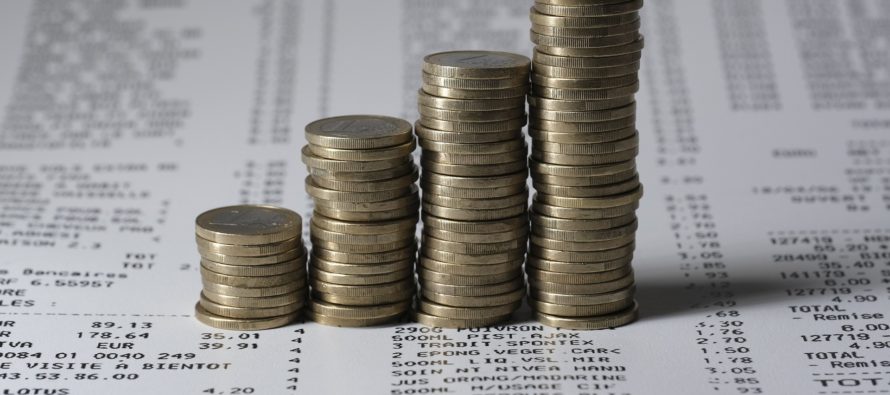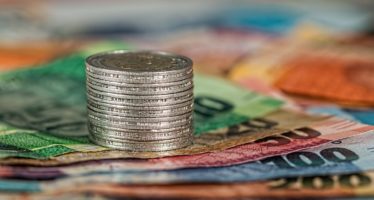Total public debt rising, not falling

Contrary to misleading headlines in the local press, Guyana’s external as well as its domestic public debt have been rising and not falling. In fact, the country’s total public debt is currently at its highest level in the last decade.
However, the country’s debt as a percentage of its sharply rising GDP – resulting from higher oil revenues – is falling, meaning that Guyana now has greater ability to repay its debt – not that total debt is declining
The misconception about declining public debt apparently stems from a September 27 IMF Staff Report on Guyana which noted a “significant decline in public debt and favourable debt dynamics going forward.”
As Chart 1 indicates, total external public debt was US$1.393 billion at the end of 2021, up from US$1.358 billion in 2012. In 2015, the country’s external debt reached a low in the decade of US$1.143 billion.
Unlike its external debt level which has remained relatively flat, the country’s domestic public debt has increased almost four-fold between 2012 and 2021, from G$93,461.9 million in 2012 to 361,513.4 million at the end of 2021 (see Chart 2). This, according to the Bank of Guyana, is largely due to an expansion in the stock of 364-day treasury bills for budgetary financing.
The misconception about falling debt comes from the fact that the country’s debt to GDP ratio is falling because of higher GDP growth, fuelled by rising oil revenues. Based on a forecast by the IMF, total public debt as a percent of GDP is forecasted to decline over the next five years, from 42.9% in 2021 to 13.5% in 2027 (see Chart 3).
Incidentally, oil’s contribution to real GDP is expected to grow by 116.1% in 2022, more than double last year’s contribution of 56.9%. The annual percentage change in its contribution to GDP is forecasted at 24.8%, 20.9%. 27.9% and 25.1%, respectively, for 2023, 2024, 2025 and 2026, before falling off to 3% in 2027. This in turn has resulted in strong GDP growth, which will nonetheless slowdown by 2027 (see Table 4). Therein lies the reason for prudent debt management, regardless of the country’s current ability to repay its debt. In addition, the risk of falling oil prices could also have a negative impact on GDP growth
Looking ahead, Guyana’s debt management objective is to ensure that the country’s financing needs, and its payment obligations are met at the lowest possible cost over the medium and long terms.
Among the risks involved are rising interest rates, especially for short term renewable debt, and fluctuating exchange rates for debt in various foreign currencies.
External debt, according to the IMF, accounts for over 40 per cent of total public sector debt, mostly to multilateral institutions. Multilateral creditors accounted for over 65 per cent of total external debt in 2021. The IDB is the largest multilateral creditor, accounting for 46.1 per cent of total external debt at end-2021.
China’s state-owned Export-Import Bank is the largest bilateral creditor, comprising 17.3 per cent of total external debt at end-2021. Eurobond holders are the only private (commercial) creditors. Domestic debt comprises mainly of Treasury bills and borrowing from the central bank.
Dwarka Lakhan
Dwarka Lakhan is a pioneer in emerging markets journalism in Canada. His first emerging markets article, “Africa Joins Ranks of the Emerging,” appeared in Investment Executive, Canada’s leading newspaper for financial advisors, in September 1994. Since then he has written hundreds of articles on the full spectrum of emerging markets and has conducted more than two thousand interviews with emerging and frontier markets investment professionals.
Related Articles
Stocks on Guyana Stock Exchange Rise Dramatically
As interest in Guyana grows, selected securities on the Guyana Stock Exchange (GSE) have risen dramatically so far this year.
2022 Guyana National Budget – Heavy on Higher Living Standards (Part 1)
Part 1 of this column reviews social measures announced in Guyana’s 2022 national budget. Part 2 will review major development
Can Guyana emerge as a hotbed for financial and related crimes?
As Guyana’s economy steams ahead on the back of its bourgeoning oil sector, buoyed by a flood of foreign investments,







